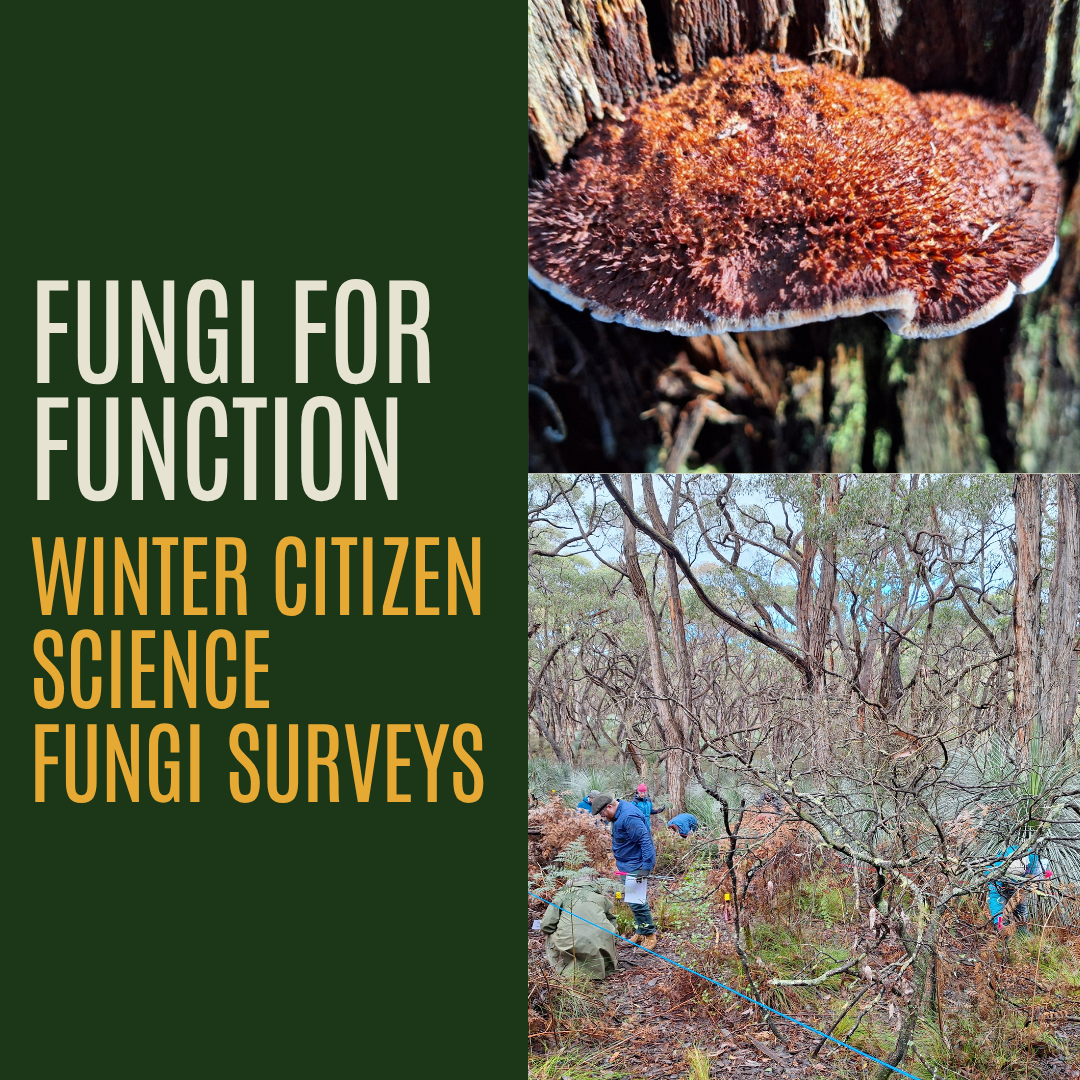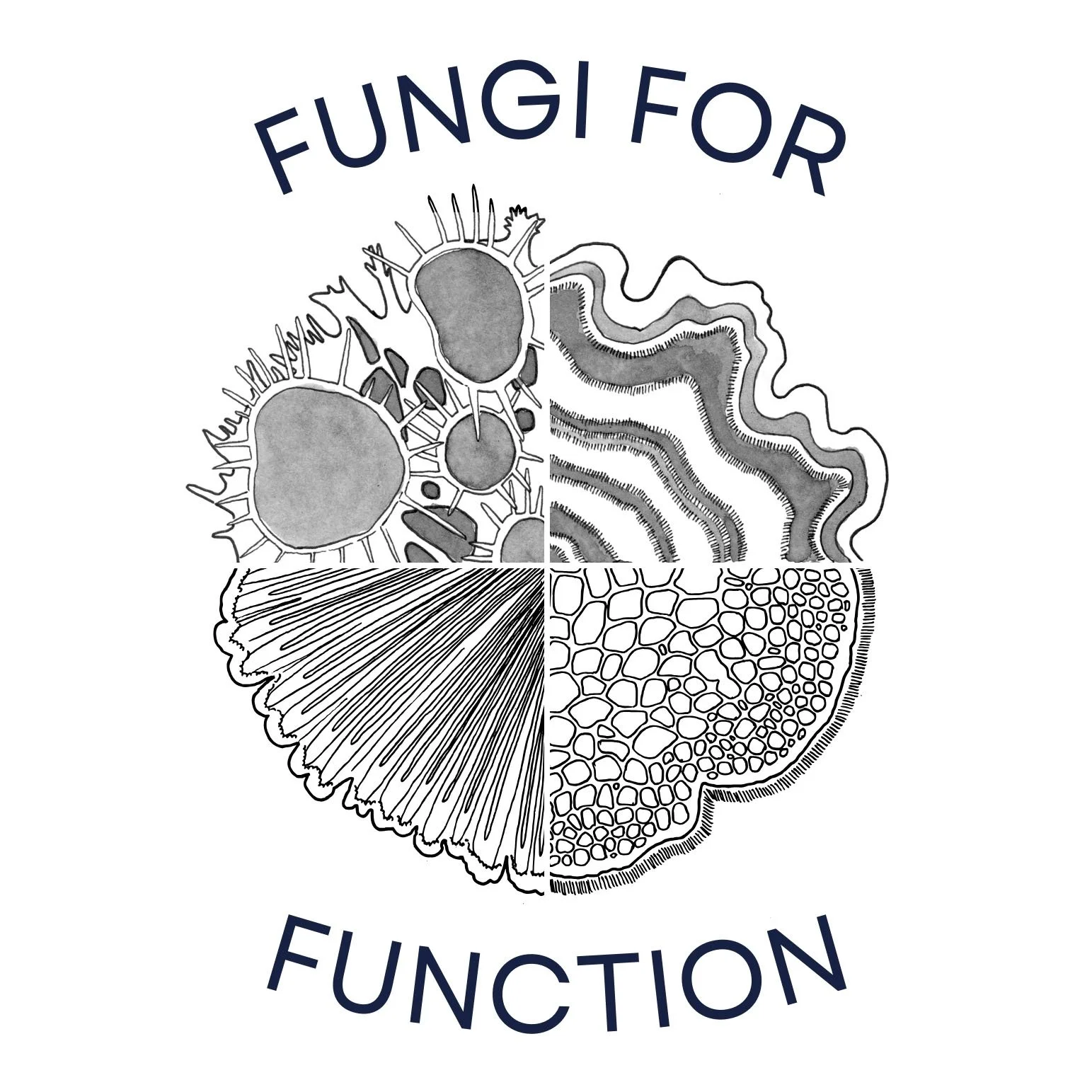An Interactive Field Day
In June and July, at 10 sites across Kaurna, Peramangk, Ngarrindjeri, and Ramindjeri Country, we will be searching for 28 target fungi and lichen species as part of the Fungi for Function citizen science project.
🍄 We’re teaming up with the Fungi for Function crew – and you’re invited to join us in the field! 🌱
The surveys are part of a 3 year citizen science grant project called Fungi for Function: bushland health indicators, which is investigating whether 28 target fungi species across four functional groups can be used as indicators of bushland condition. The functional groups are plant partners (mycorrhizal fungi), plant transformers (parasitic fungi), recyclers, and lichens. The project is surveying 10 stringybark bushland sites through the Mount Lofty Ranges, 5 in good condition, and 5 in degraded condition. We are simultaneously surveying fungi and habitat.
Event Details…
The surveys will be a great opportunity for citizen scientists and bush carers to learn more about our precious native fungi, and develop the confidence to identify and record these 28 target species, which are all distinctive and commonly found in the Mt Lofty Ranges.
This year’s survey dates (subject to the timing of opening rains and weather!) are:
Deep Creek National Park - Saturday 21st June
Deep Creek National Park - Sunday 22nd June
McHarg Creek - Friday 27th June
McHarg Creek - Saturday 28th June
Deep Creek National Park - Friday 4th July
Deep Creek National Park - Saturday 5th July
Hope Forest - Wednesday 9th July
The survey days are approximately 10am-4pm, exact times to be confirmed.
Participating in the surveys involves searching for fungi in sometimes dense vegetation, including up and down slopes which may be slippery at times, and getting down close to the ground. Participants need to be able to use the iNaturalist app on their smartphone, or they will be partnered with someone who can.
This nature event is presented by Fungi for Function, in partnership with Second Nature Conservancy. This project is supported by a grant from the South Australian Government’s Citizen Science Fund







